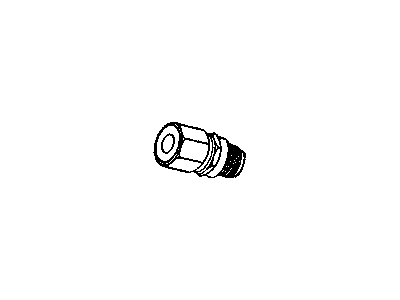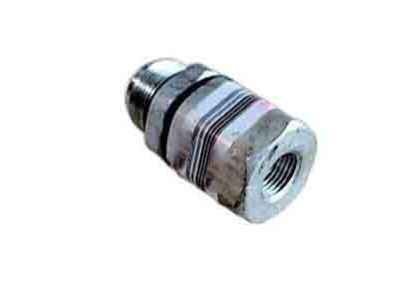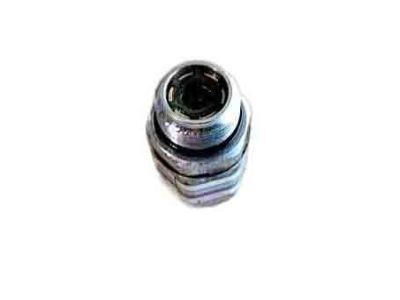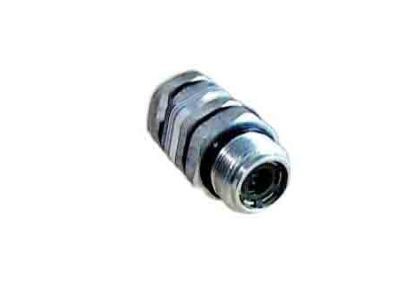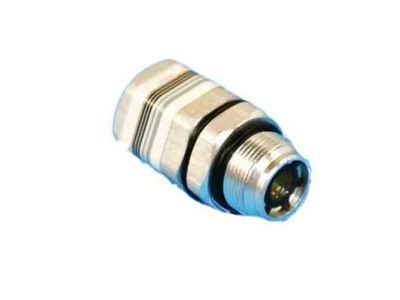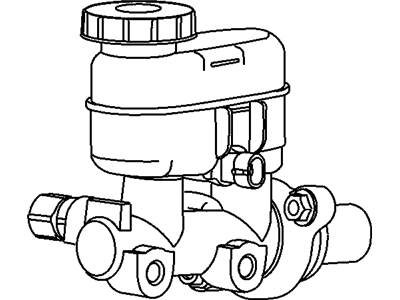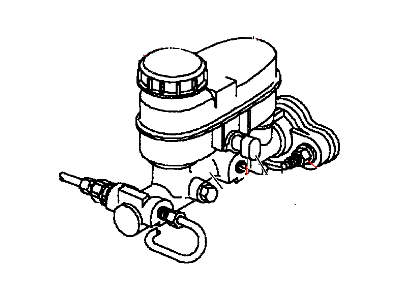
My Garage
My Account
Cart
Genuine Dodge Neon Brake Proportioning Valve
Proportioning Valve- Select Vehicle by Model
- Select Vehicle by VIN
Select Vehicle by Model
orMake
Model
Year
Select Vehicle by VIN
For the most accurate results, select vehicle by your VIN (Vehicle Identification Number).
6 Brake Proportioning Valves found
Dodge Neon Brake Proportioning Valve
The Brake Proportioning Valve present in Dodge Neon vehicles is quite important in maintaining brake fluid pressure in the braking system especially when the car is fitted with front disk and rear drum brakes. in its simplest form, Its primary role is to avoid the rear brakes locking before the front brakes during hard and sudden stopping to improve on safety and control. This is done through modulation of the brake fluid pressure to the rear brakes in relation with the pressures of the fluid, as well as the cross sectional area of the output lines. Dodge Neon models use this Brake Proportioning Valve for better control of car's brake system particularly in case of emergency. The valve controls the forces, which are applied to the rear brakes thereby preventing them from locking at a wrong time, thus ensuring stability. Although there is information about certain specificities of certain styles or types of Brake Proportioning Valves for Dodge Neon vehicles, it is essential to know that the mechanism of operation is relatively general and common throughout models, centering on the regulation of braking forces for safety enhancement.
Looking for affordable and high-quality auto parts? Then you have already arrived at the proper online shop. We offer all Dodge Neon Brake Proportioning Valve at great affordable prices. Moreover, all genuine Dodge Neon Brake Proportioning Valve come with a manufacturer's warranty. In the long run, you would realize you have saved a lot of trouble and money with OEM parts from here.
Dodge Neon Brake Proportioning Valve Parts Questions & Experts Answers
- Q: What features do non-ABS Dodge Neon have regarding proportioning valves and how do they affect braking?A:All non-ABS models feature two screw-in Brake Proportioning Valves that balance front to rear braking by limiting the rise in hydraulic pressure in the rear Brake Lines when it exceeds a factory-established safe level. Under light pedal pressure, full hydraulic pressure is allowed to the front and rear brakes, but above a certain pressure known as the "split point," the valves reduce pressure increase to the rear brakes according to a predetermined ratio, decreasing the chance of rear wheel lock-up and skidding. In contrast, models equipped with ABS utilize Electronic Brake Distribution (EBD) to control rear wheel slip without Brake Proportioning Valves. If either rear wheel skids prematurely during hard braking, it may indicate a defective Brake Proportioning Valve, necessitating immediate attention from a dealer service department, where special pressure gauges are required for diagnosis. Caution is advised as brake fluid can damage paint; therefore, all painted surfaces should be covered, and care should be taken to avoid spills. To service the Brake Proportioning Valve, loosen the brake hydraulic fluid lines using a flare-nut wrench to prevent damage, disconnect the lines, and plug their ends to avoid fluid loss and dirt entry. Unscrew the valve from the master cylinder, install a new O-ring on the new valve (discarding the old one if reusing the old valve), lubricate it with clean brake fluid, and then screw in the new valve, tightening it to the specified torque. The installation process is the reverse of removal, followed by bleeding the brake system.
Related Dodge Neon Parts
Browse by Year
2005 Brake Proportioning Valve 2004 Brake Proportioning Valve 2003 Brake Proportioning Valve 2002 Brake Proportioning Valve 2001 Brake Proportioning Valve 2000 Brake Proportioning Valve 1999 Brake Proportioning Valve 1998 Brake Proportioning Valve 1997 Brake Proportioning Valve 1996 Brake Proportioning Valve 1995 Brake Proportioning Valve

